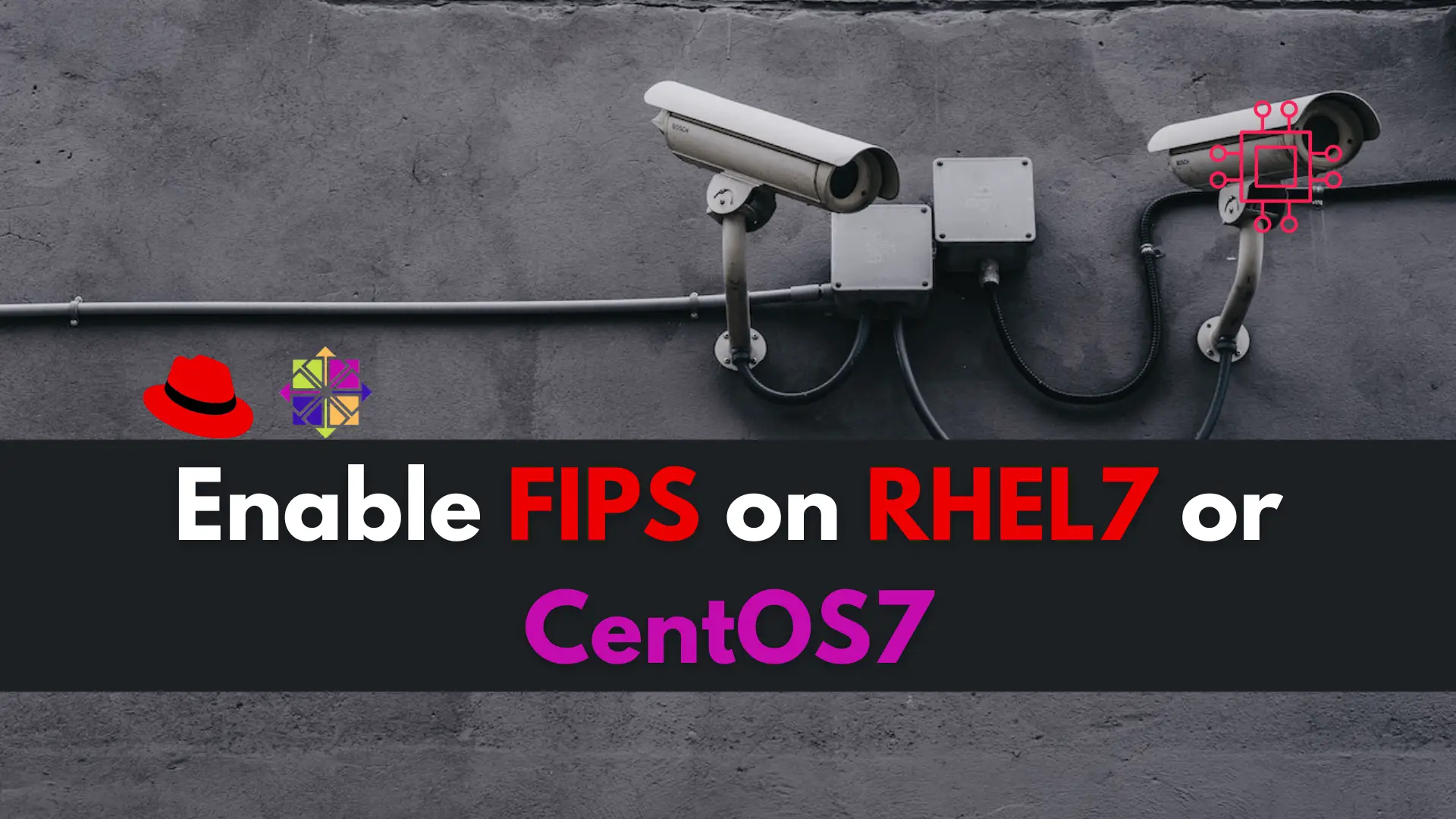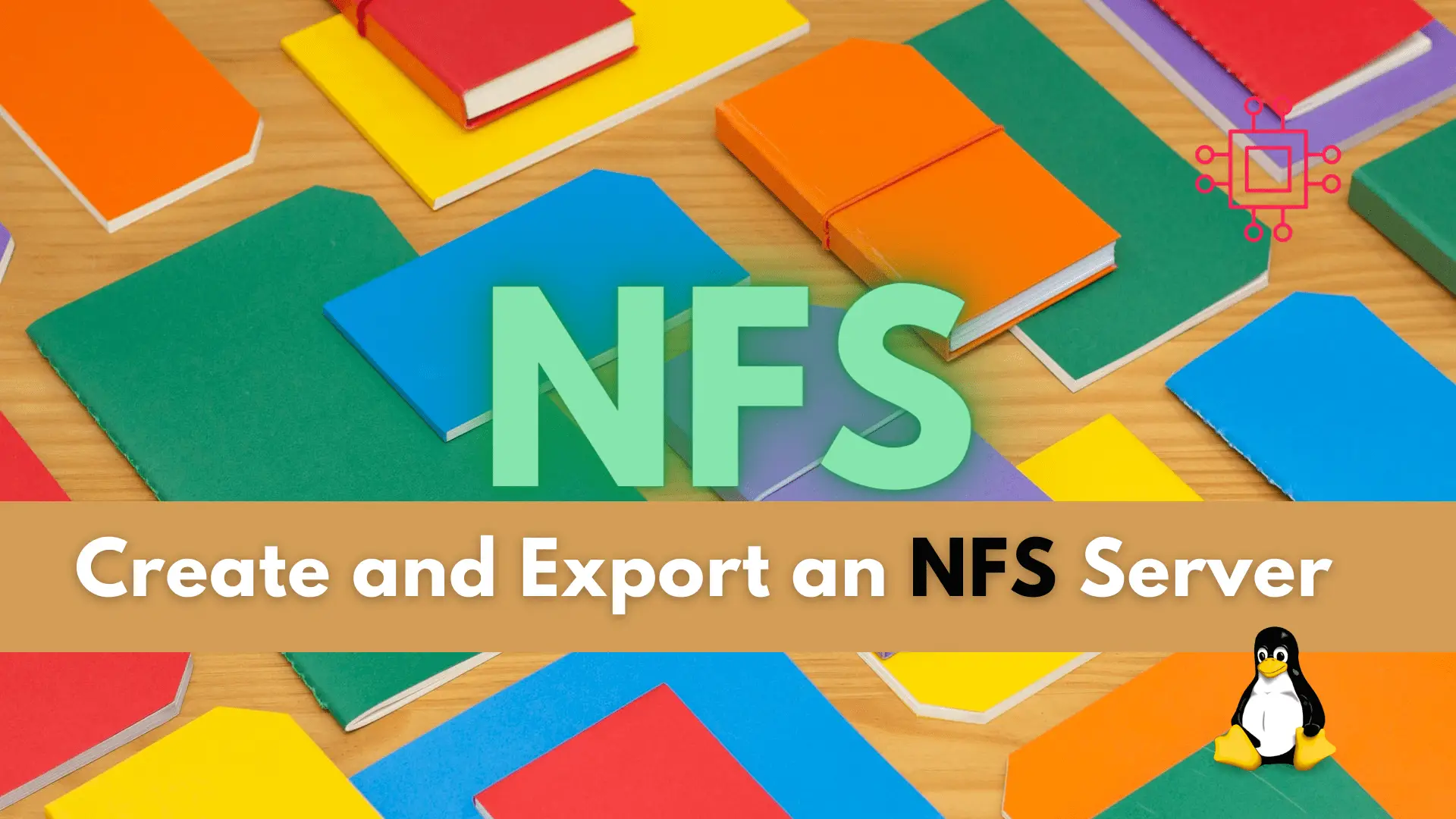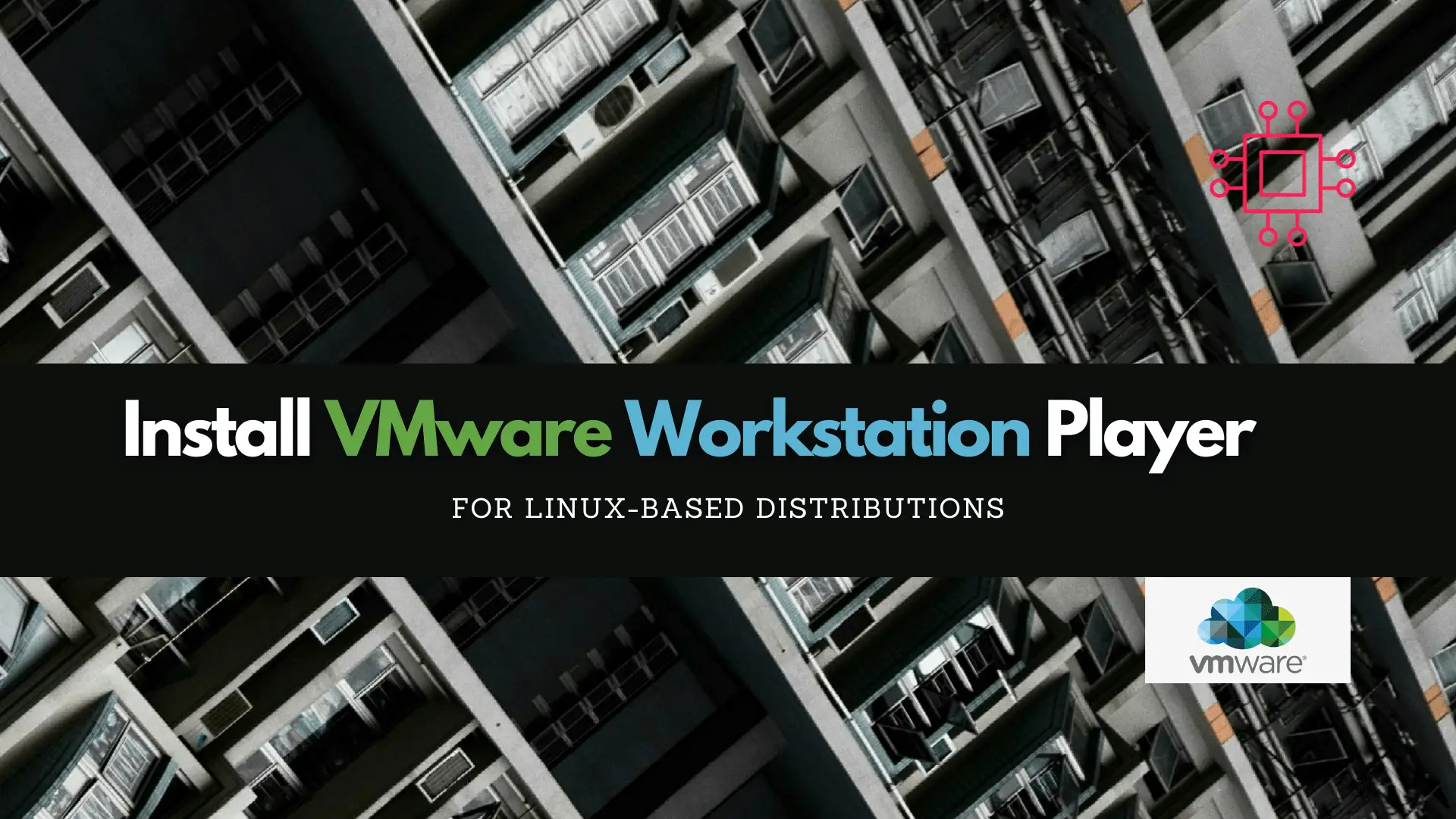
Are you a Linux professional looking to enhance your system’s security measures? Learn how to enable FIPS on your RHEL7/CentOS7 machine and ensure compliance with

This article outlines the significance of Red Hat Enterprise Linux (RHEL) version 6.X reaching its end-of-life Maintenance II support phase on November 30, 2020, urging users to consider upgrading to RHEL7 or RHEL8.4 to ensure continued technical support and security, while also providing insights into RHEL’s life-cycle phases and support options.
In the ever-evolving landscape of operating systems, keeping up with the latest updates and security patches is paramount. RHEL6.X bid adieu to its Maintenance II support phase on November 30, 2020, leaving users at a crossroads: stick with the outdated system or embrace the advancements of RHEL7 and beyond.
If you’re still clinging to RHEL6, it’s time to reassess your strategy. In this guide, we’ll explore the significance of RHEL’s life-cycle phases and unveil the compelling reasons to upgrade to RHEL7 or even leapfrog to the latest RHEL8.4 release.
NOTE: RHEL7 reaches end of maintenance on June 30, 2024.
Red Hat operates on a meticulously planned life-cycle model, ensuring users receive adequate support and timely updates throughout the OS’s journey. Let’s break it down:
During the initial 5-6 years, RHEL basks in full support glory. Red Hat showers users with critical updates, security advisories, and high-priority bug fixes. It’s a period of stability and reliability, backed by responsive technical support.
As RHEL matures, it transitions into the Maintenance Support I Phase, spanning roughly a year. While the level of technical assistance remains robust, updates to install images are less frequent, occurring only when necessary.
In the twilight years of RHEL’s life cycle, we encounter the Maintenance Support II Phase. Lasting 2-3 years, this phase maintains critical updates and security fixes but bids farewell to new features and hardware support. It’s a pivotal stage where administrators must contemplate the leap to the next major release to avoid stagnation.
For those with unique circumstances, such as stringent security requirements or legacy code dependencies, Red Hat offers extended life-cycle support. This lifeline, lasting 2-4 years, prioritizes security patches and critical bug fixes, providing a bridge for organizations navigating complex migration challenges.
Now that you grasp the intricacies of RHEL’s life cycle, the path forward becomes clear: it’s time to upgrade. Whether you opt for the stability of RHEL7 or dive headfirst into the cutting-edge features of RHEL8.4, the benefits are undeniable.
By upgrading, you ensure continued technical support, access to the latest security patches, and compatibility with modern hardware and software. Moreover, you future-proof your infrastructure, paving the way for enhanced performance and scalability.
Here are some major differences between RHEL6 and RHEL 7:
Systemd Init System: RHEL 7 introduced systemd as the default init system, replacing the traditional System V init system used in RHEL 6. Systemd offers improved performance, parallel service startup, and better system management capabilities.
Kernel Version: RHEL 7 features a newer kernel version compared to RHEL 6, providing enhanced performance, scalability, and support for modern hardware.
XFS as Default File System: RHEL 7 defaults to XFS as the default file system, offering improved performance and scalability, especially for large storage configurations, compared to the EXT4 file system used by default in RHEL 6.
Networking Enhancements: RHEL 7 introduces significant networking enhancements, including the adoption of NetworkManager as the default network configuration tool, improved IPv6 support, and the implementation of firewalld as the default firewall management tool.
Enhanced Security Features: RHEL 7 incorporates several security enhancements, such as support for SELinux improvements, the addition of Security-Enhanced Containers (SELinux), and the introduction of the OpenSCAP framework for system compliance and vulnerability scanning.
Software Packaging and Management: RHEL 7 introduces the use of yum (Yellowdog Updater, Modified) as the default package manager, replacing the yum-rhn-plugin used in RHEL 6. Additionally, RHEL 7 introduces the concept of software collections (SCL) for managing multiple versions of software packages concurrently.
Desktop Environment: RHEL 7 offers GNOME 3 as the default desktop environment, replacing GNOME 2.x used in RHEL 6. GNOME 3 brings a modernized user interface and improved usability features.
Kernel Module Parameters: RHEL 7 utilizes the grubby utility to manage kernel boot parameters, providing a more flexible and efficient method compared to RHEL 6’s manual editing of the grub configuration files.
Unified Installer: RHEL 7 introduces a unified installer for all system configurations, including BIOS-based and UEFI-based systems, simplifying the installation process compared to the separate installers used in RHEL 6.
Performance Tuning and Optimization: RHEL 7 includes various performance tuning and optimization improvements, such as the use of tuned profiles for optimizing system performance based on specific workload requirements.
These are some of the major differences between RHEL 6 and RHEL 7, highlighting the evolution and advancements introduced in the newer version of the operating system.
As the curtains close on RHEL 6.X’s journey, the stage is set for a new chapter in your organization’s IT landscape. Don’t let outdated systems hold you back. Seize the opportunity to upgrade to RHEL7 or RHEL8.4 and embark on a journey of innovation and resilience.
Remember, the key to staying ahead in today’s dynamic environment lies in adaptability and foresight. Upgrade your OS, elevate your capabilities, and embrace the future with confidence.
*** If you’d like to read more on this topic, visit the RHEL life-cycle and update policies page. It goes into greater detail on the life-cycle process and what you can expect from RHEL technical support at each phase ***
Related Posts

Are you a Linux professional looking to enhance your system’s security measures? Learn how to enable FIPS on your RHEL7/CentOS7 machine and ensure compliance with

NFS or Network File System is a commonly known method for network file sharing on Linux hosts. We will create and export an NFS server.

In this article, we will review how to install VMware Workstation Player on a RHEL7 or CentOS7 Linux machine, guiding you through the installation process
